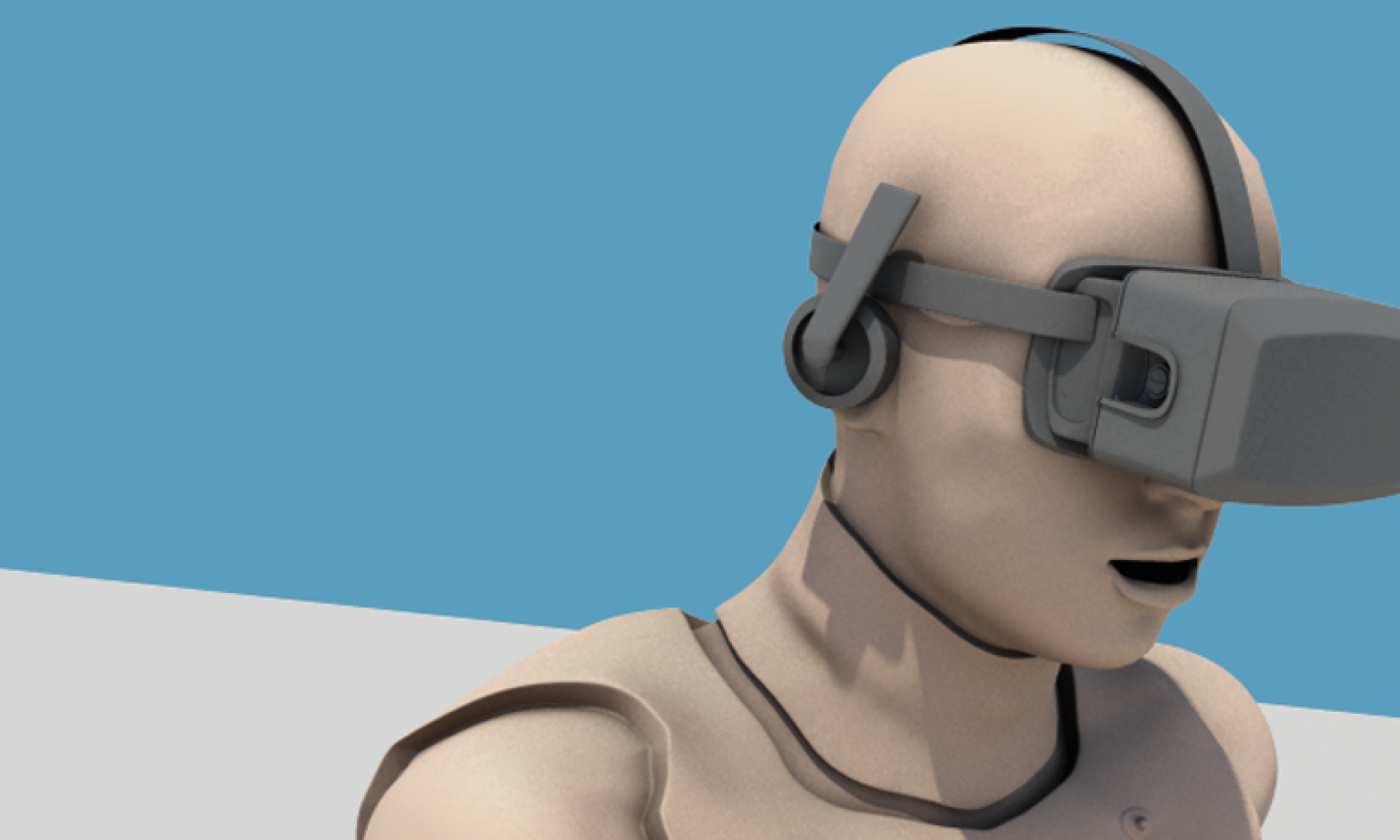Experiential Technologies In India, A White Paper And Skill Gap Analysis Of Experiential Technologies In India (2024)
A Report Of The Industrial Consortium For Xr In India CAVE(Consortium For AR And VR Engineering)
Executive Summary
While the world is riding the technology wave of Artificial Intelligence and Machine Learning, eXperiential Technologies (XT) or Spatial Technologies (ST) holds promise as an emerging technology in the near future. This report presents an overview of XT and the prevailing climate and potential in India around this emerging technology. Also called immersive technologies, this suite of technologies collectively encompasses Virtual Reality (VR), Augmented Reality (AR), Mixed Reality (MR), Extended Reality (XR), Metaverse, Web 3.0 and Haptics (definitions provided in the report), all of which together can be considered to form a part of the ambitious Digital India initiative. The technology has a wide range of applications in healthcare, retail, manufacturing, real estate, tourism, architecture, product/service/experience/system design, construction, information, media and mass communication, education and training and skill development among others, with implications on the entire workforce and economy of a nation including defense and specialized task forces. From a very rudimentary beginning in the 1950-s, experiential technologies are gradually becoming all pervasive and are beginning to affect all walks of human life. Although a majority of current applications are in the gaming and multimedia industry, which saw the earliest adoption, applications in other areas are fast gaining momentum. Experiential technologies are complemented and enhanced by allied technologies, popularly referred to as exponential technologies – AI, Blockchain, Robotics, IoT and 5G; and XT/ST serves to integrate all of these to make them human-centric.
A gap analysis was conducted to assess the systemic competencies in India, similar to the initiatives in the US, Europe, and China, to become a global leader of XT/ST, through widespread research, development, and implementation of these technologies in products, services, processes, and business models, resulting in profound economic, societal, and administrative impact. This white paper describes the gaps in India’s XT hardware, software, and systemic competencies. The majority of India’s XR community is still at basic applications levels, highlighting an urgent need for advanced education in Perception Engineering as well as R&D and innovative approaches to take the community up the value chain. Towards this goal, this white paper proposes an XR-Superhighway – a global network to Vasudeiva Kutumbakam, an XR-Corridor – a national and regional corridor, XR Innovation Centers, XR Skill Training Centers, XR Experience Spaces, XR Manufacturing Centers and XR Education Centers to enable XR/XT empowerment that drive advanced education and skilling for multi-sectoral applications of XT/ST accelerated by global and local cooperative networks and 1communities of knowledge and practice that aim for shared resources and shared progress.
The metaverse is the universe of XT/ST and its proper development and governance with due consideration for privacy, security, monetization, fairness, availability, accessibility, affordability, content moderation, inter-operability, trustability, etc. is critical to the growth of this technology in India. A Metaverse India Policy and Standards (MIPS) forum has been created. The objective of this forum is to build an open, inclusive and pervasive metaverse on a global scale through internal collaboration. Accordingly, the technology mission adopted by this forum serves to:
(i) create the foundational elements of experiential technologies and provide a strong theoretical and mathematical foundation to the discipline,
(ii) develop fundamental understanding of human embodiment in the virtual space and of human and manual interactions with the outside and virtual worlds in the context of perception engineering,
(iii) foster R&D and play a vital role in the engineering of perceptual realities and creation of commercial and social applications of the technology that profoundly impact human life, and
(iv) leverage our country’s position in the thriving IT and cyberspace sector as a catalyst for substantial and rapid growth of immersive technologies in the country’s economy, resulting in India being the preferred and leading XR corridor of the world.
Open-source technologies offer several advantages such as standardization and interoperability, an interconnected digital ecosystem, adaptability, scalability, inclusivity and cost-effectiveness. Open-source frameworks are also crucial for small and startup businesses, which would otherwise find entry and initial operating costs to be prohibitively high and an insurmountable entry barrier.
The current scenario is that new-age technology companies such as Google, Microsoft, Apple and Meta are leading players and India needs to establish technology leadership in this domain in order to gain macro-economic stronghold over the current economic superpowers of the world. Unlike in the case of Information Technology, where the India play was almost solely in the services sector, India needs to take significant ownership in technology and IP, which can bring far greater economic gains than merely being a services player. This requires substantial investment in advanced education, research, development and innovation, along with favorable government policies. Further, since this technology has an associated hardware component, it would do well for the nation to invest in hardware and manufacturing infrastructure, thus bringing about Industrial development on a large scale, along with digital growth.
In line with the above, it is envisioned that India will be a global leader of XT through widespread research, development and implementation of these technologies in the form of products, services, processes and business models, resulting in profound economic, societal and administrative impact. Therefore, developing a favorable climate for investments in XR – enabling technology development, research, innovation, deployment, integration, and scaling up is both a prerogative and obligation of the Government. Hence policy-making should focus on all the above aspects for India’s successful exploitation and growth of this industry.
This white paper has been prepared by gathering the response from a number of public audiences, members from the Consortium of Virtual Reality Engineering (CAVE) and committee members who volunteered to be part of this initiative in recommending an XR policy framework for the central government.
Full Report is available in the following links:

